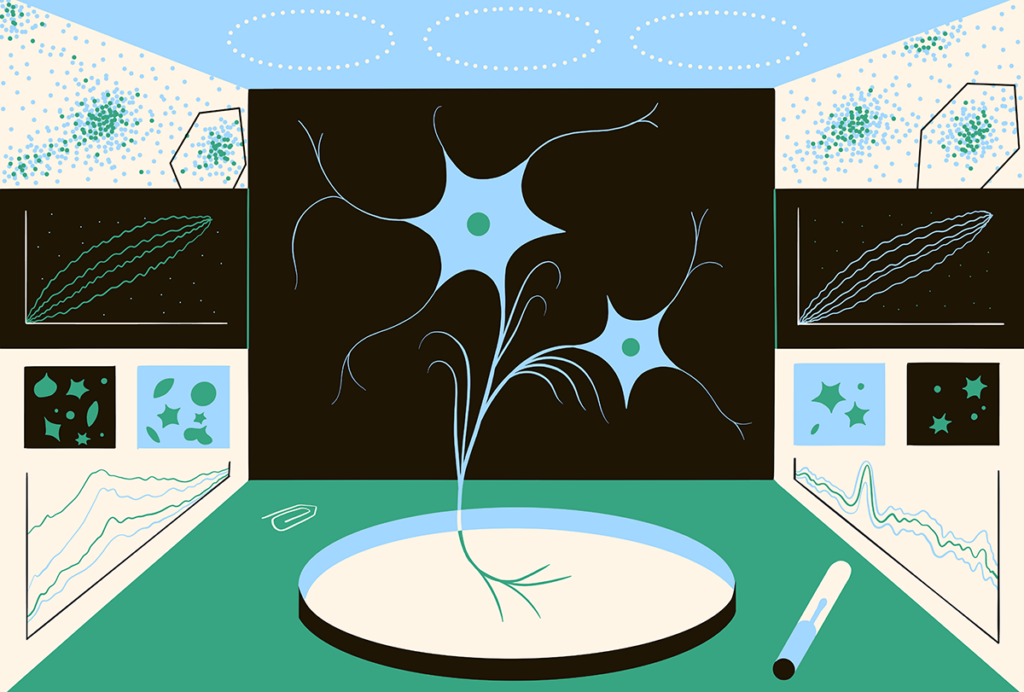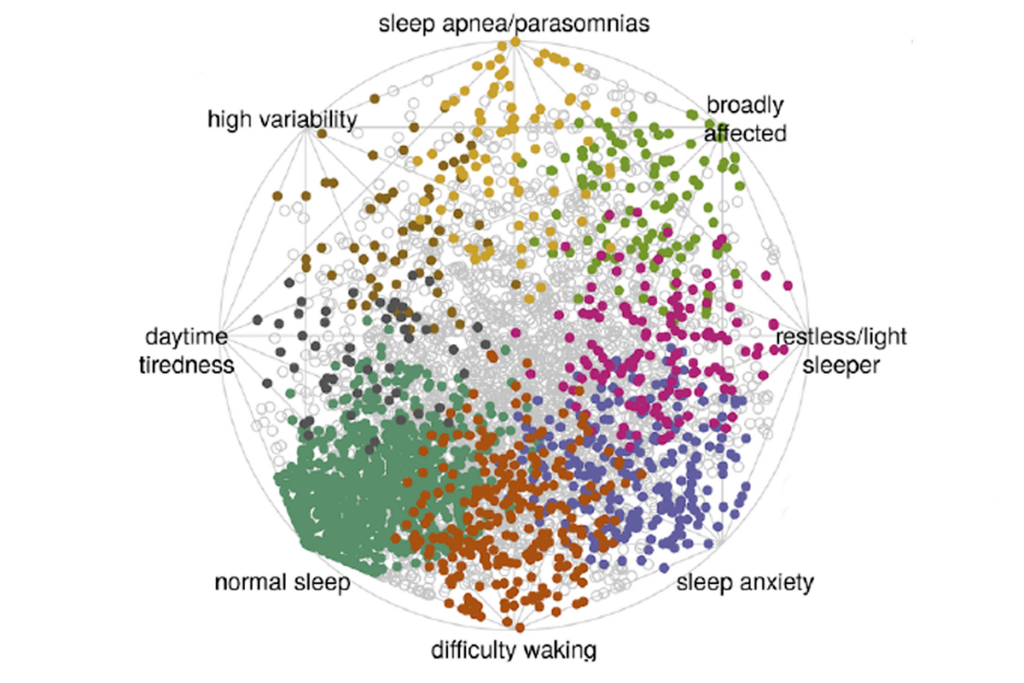Classic sign of autism appears in early infancy, study says
Baby boys later diagnosed with autism lose interest in other people’s eyes between 2 and 6 months of age, according to a study published today in Nature. This is the earliest behavioral marker of autism found to date.
Baby boys who will later be diagnosed with autism show a loss of interest in other people’s eyes between 2 and 6 months of age, according to a study published today in Nature1. This is the earliest behavioral marker of autism found to date.
The researchers found that the steeper the decline in eye fixation over the first two years of life, the greater the level of social and communication impairment at 2 years old.
“Now we know that it is possible to develop a quantitative assay in early infancy that is predictive of both autism and level of social disability,” says lead investigator Ami Klin, director of the Marcus Autism Center in Atlanta, Georgia.
The study is the latest in a surge of research on the younger siblings of children with autism, dubbed ‘baby sibs,’ who have a one in five chance of developing the disorder.
Researchers have found that some baby sibs have distinctive brain-wave patterns and a loss of interest in faces beginning as early as 6 months of age. The new study uncovers changes in brain development even earlier.
“We’re most excited about the fact that these are some of the earliest signs of autism we’ve ever observed,” says co-investigator Warren Jones, director of research at the Marcus Autism Center. “We’re measuring what babies see, but more importantly, what they don’t see.”
Altered trajectory:
Klin and Jones recruited 59 baby sibs and 51 controls at ten different time points between 2 and 24 months of age.
They used eye-tracking equipment to track the infants’ gaze as they watched videos of a woman addressing the camera as if it were a child, cooing and playing pat-a-cake. “We really wanted to do videos that were as close to natural, real life as possible,” Jones says.
The researchers calculated the proportion of time that each infant looked at the woman’s eyes, mouth, body and other objects in the surroundings.
Over the course of the study, 12 of the babies went on to be diagnosed with autism by age 3. Only 2 of the 12 are girls,so the researchers restricted their analyses to boys. They compared 11 boys diagnosed with autism (10 from the baby sibs group and 1 from the controls) with 25 typically developing controls.
The children with autism showed a steady loss of interest in eyes beginning in early infancy, looking instead at other parts of the face or body, the study found. In contrast, babies who were not later diagnosed with the disorder become more interested in eyes over the same period.
By 24 months, the gaze time of the autism group was about half that of the controls, the study found. Their attention to objects also declined in the first year, but then increased in the second, rising to about double that of controls by 24 months.
The study offers a developmental perspective on autism. That is, it found significant differences in how the children’s gaze changes over time, but not when comparing the children at a single age in infancy.
“At any single time point from 2 until 6 months, infant looking is highly variable,” Jones says. “When viewed developmentally, however, as month-to-month rate of change in looking, the differences are quite clear.”
This is a bit like watching someone age, he adds. “On a daily basis, you hardly notice any changes. But if you see two photographs, taken years apart, the differences are obvious.”
Subtle signs:
It’s not yet clear whether these early changes in social gaze are markers of autism per se, notes Mayada Elsabbagh, assistant professor of psychiatry at McGill University in Montreal, who was not involved in the work. Two studies have found, for example, that babies who show more attention to the mouth region relative to the eyes have superior language skills as toddlers2. “The literature suggests that this increased looking to different areas [of the face and body] is not unique to autism,” Elsabbagh says.
The new study found that children whose gaze declines most rapidly until 2 years of age have the most severe scores on the ‘social affect’ domain of the Autism Diagnostic Observation Schedule at age 2.
“It’s hard to say what that means,” notes Helen Tager-Flusberg, professor of psychology at Boston University, who has studied baby sibs but was not involved in the new study. “The sample size is very small and correlations are notoriously susceptible to small sample sizes.”
Tager-Flusberg also points out that studies of typically developing babies have shown “striking sex differences” in the developmental trajectory of social gaze. “So I think that needs to be looked at in autism.”
Warren and Jones agree, and are planning to study a larger sample of girl baby sibs.
The researchers say their study has an optimistic message: that at 2 months old, the gaze patterns of babies with autism aren’t all that different from those of their peers, pointing to a window of opportunity for early intervention.
“Our ultimate goal is to translate this discovery into community-viable tools for early identification,” Klin says.
Klin and Jones’ study is a good example of the novel discoveries that can come from the baby sibs approach, notes Daniel Messinger, professor of psychology at the University of Miami, who was not involved in the study. “This is a big step, looking at kids before 6 months.”
Autism is generally diagnosed in the clinic around 3 or 4 years of age. Researchers began following baby sibs’ development around ten years ago, looking for early signs of the disorder, as well as to track its developmental trajectory.
The first studies found that these high-risk babies show subtle behavioral differences from controls in their first year of life. This research also clarified the disorder’s recurrence in families, estimating that about 19 percent of baby sibs develop autism, compared with 1 percent of the general population.
Subsequent work has uncovered more nuanced patterns. For example, a study published 21 September in the Journal of Autism and Developmental Disorders showed that 15-month-old baby sibs — whether they go on to be diagnosed with autism or not — tend to do less ‘social smiling’ while looking at someone’s eyes than controls do. Intriguingly, though, the baby sibs who don’t have autism show typical levels of eye contact and non-social smiling3.
Another study, published in August, found that 6-month-old baby sibs later diagnosed with autism pay less attention to faces compared with baby sibs who develop typically.
“I think baby sibs [research] is reaching its golden age — just reaching it,” Messinger says.
References:
Recommended reading
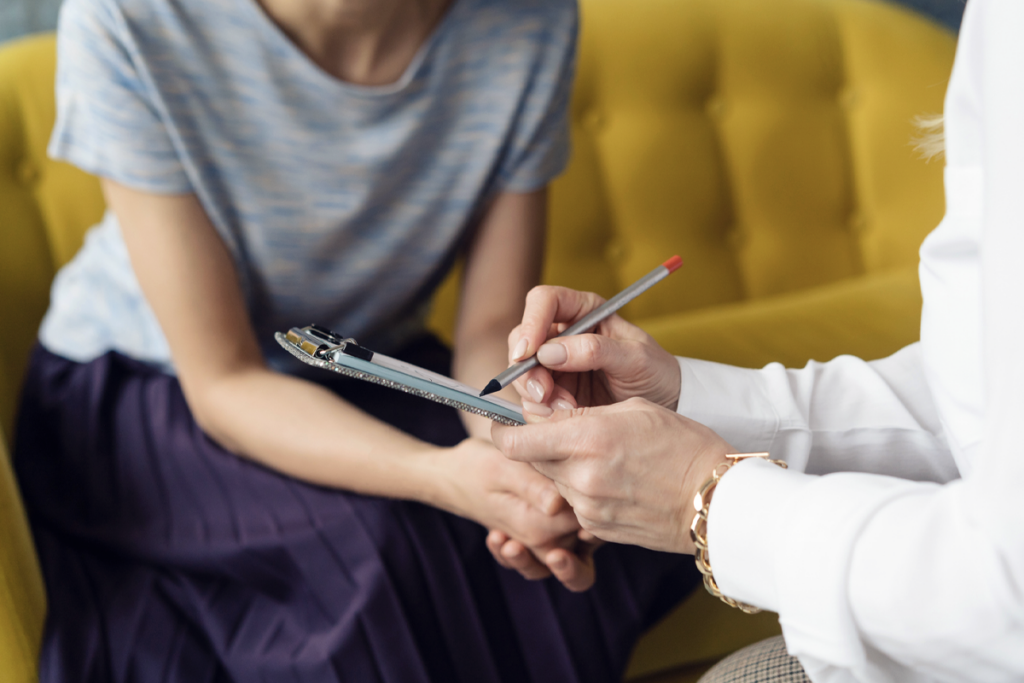
Expediting clinical trials for profound autism: Q&A with Matthew State
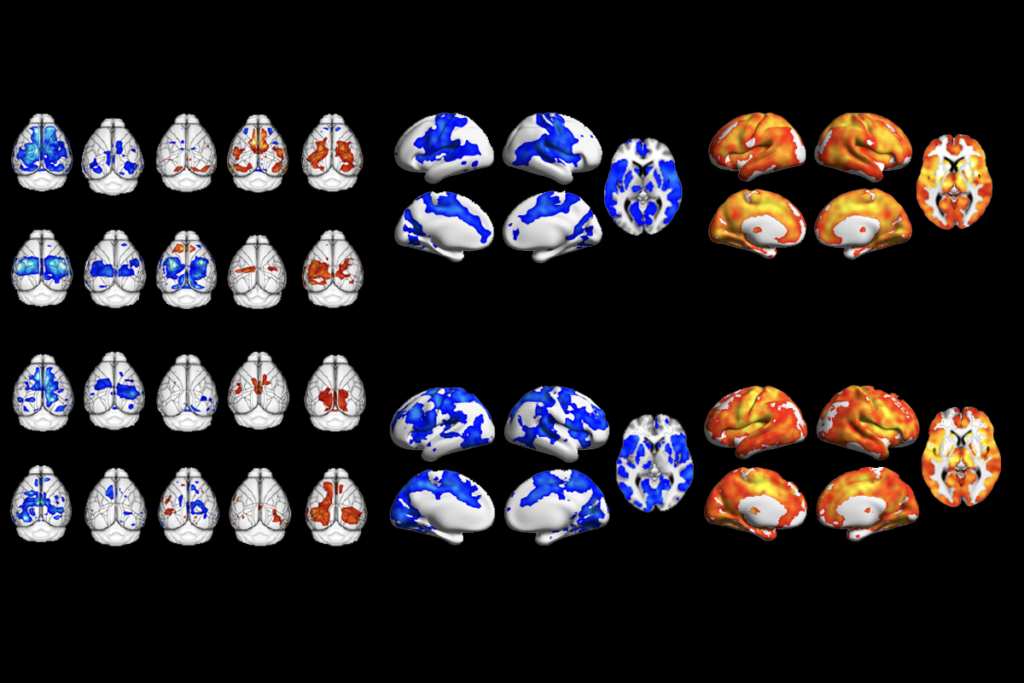
Too much or too little brain synchrony may underlie autism subtypes
Explore more from The Transmitter
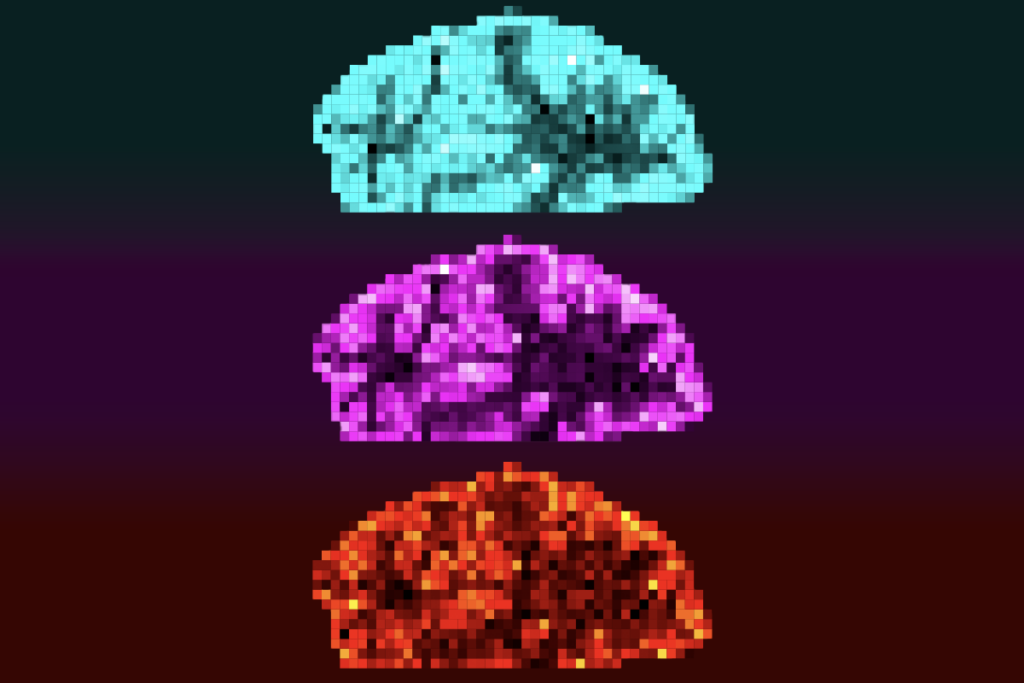
Mitochondrial ‘landscape’ shifts across human brain
